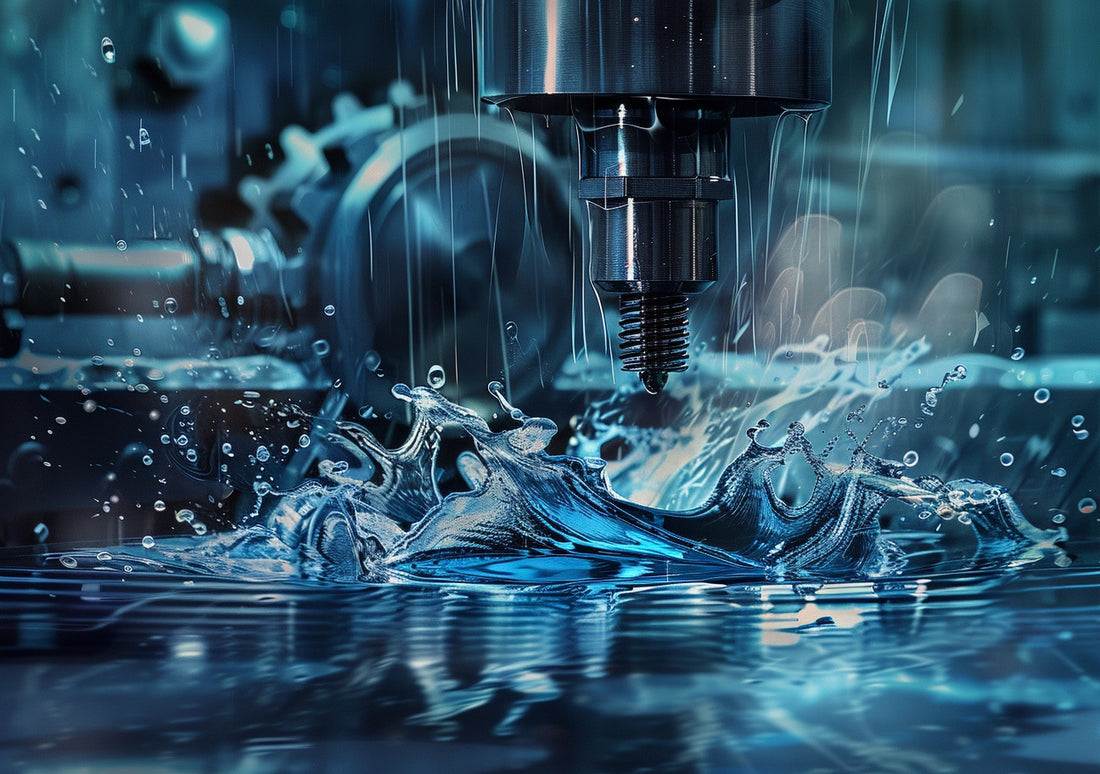
Enhancing Performance: Lubrication and Cooling Techniques for Carbide Burr Maintenance
Share
Introduction:
Maintaining the optimal performance and longevity of carbide burr bits is essential for achieving precision and efficiency in machining and fabrication tasks. Lubrication and cooling play key roles in carbide burr maintenance, reducing friction, heat buildup, and tool wear during operations. In this comprehensive guide, we'll delve into effective lubrication and cooling techniques for carbide burr bits, empowering you to maximize their performance and prolong their lifespan.
Understanding the Importance of Lubrication and Cooling:
Carbide burr bits are subjected to high temperatures and frictional forces during machining operations, leading to heat generation and potential tool wear. Lubrication and cooling help mitigate these effects by reducing friction between the burr and the workpiece, dissipating heat, and flushing away debris. Proper lubrication and cooling not only enhance cutting performance but also prevent premature tool failure, saving time and resources in the long run.
Effective Lubrication and Cooling Techniques:
1. Use Cutting Fluids:- Cutting fluids such as oils, coolants, and emulsions are commonly used to lubricate and cool carbide burr bits during machining operations.
- Apply cutting fluid directly to the cutting edge of the carbide burr and the workpiece to reduce friction and dissipate heat, improving cutting performance and prolonging tool life.
- Choose the appropriate type of cutting fluid based on the material being machined and the machining operation, ensuring compatibility and effectiveness.
- Flood cooling involves continuously flooding the machining area with a coolant or cutting fluid to provide lubrication and cooling during operations.
- Use a coolant delivery system, such as a spray nozzle or coolant pump, to deliver a steady stream of coolant to the cutting zone, ensuring consistent lubrication and cooling throughout the machining process.
- Adjust the flow rate and direction of the coolant to optimize cooling effectiveness and minimize waste.
- Mist cooling is a more targeted cooling method that delivers a fine mist of coolant directly to the cutting edge of the carbide burr and the workpiece.
- Utilize a misting system or air-assisted nozzle to generate a fine mist of coolant, providing localized cooling and lubrication where it's needed most.
- Monitor the misting system to ensure proper coverage and adjust the flow rate as needed to maintain optimal cooling effectiveness.
Conclusion:
By incorporating effective lubrication and cooling techniques into your carbide burr maintenance routine, you can optimize cutting performance, reduce tool wear, and prolong the lifespan of your valuable tools. Whether you're using cutting fluids, flood cooling, or mist cooling, proper lubrication and cooling are essential for achieving precision, efficiency, and longevity in machining and fabrication operations.




